 Originally posted by lsimpkins
Originally posted by lsimpkins 
If you're shooting with a 15mm lens, I feel that the HDR option (in post) would be a better option than trying to get things the way you want with a GND. If you limit the exposure bracket and then adjust the resulting HDR image a little, I think you should get good results without the worry of where/how to align the GND when taking the image.
Which is pretty much what I currently do. I tend to pixel shift my landscape a lot tho so bracketing is out for that, just a little more fiddling with the camera for a different ps exposure for the subsequent shots. I really must find something better than a wireless remote that can really only fire the shutter. Something with a cable and more controls so that I can retake without touching the camera physically would be better.
 Originally posted by Kozlok
Originally posted by Kozlok 
Another control in LR to darken the sky a bit is to use the luminance slider on just the blue channel. I also sometimes use the graduated filter with just the highlights slider turned down to keep cloud reflections at bay.
But then again I donít like GND filters because I prefer my horizons not in the center of the frame.
Yeh i do the luminance trick a fair bit and of course the graduated filter in post, just curious to the difference between using the real thing vs in post I guess.
 Originally posted by ChristianRock
Originally posted by ChristianRock 
Any good software (except Corel's...) has a good graduated ND Filter that works well and there's usually no IQ loss because you are lowering exposure, not extracting details by increasing exposure.
Still, a graduated ND can be fun to play with. I regret giving away the Conkin set I got with my A3000 a few years ago, with the Conkin you can adjust the position of the filters, so your horizon doesn't have to be in the center of the frame. I gave it to this college kid who bought my K1000 back in 2014. The guy was really eager to get into film photography. I hope he's used the filters...
This is true, I never really thought of this,
unless you can get ND filters that fit the lens (threaded) and have gradients that start and finish at different points (some centre, some 2/3rds etc). I really must front up the cash and go the Conkin or Lee route eventually, the only filters I have currently are ND filters and UV filters for protection.
My issue is that I use 24mm (full frame) or a DA15mm (crop) for landscape currently, and due to work and family restrictions I am seldom at the good lookout points during any golden hour, often it is midday.
I shall give you some examples below of the kind of landscapes I'm working with;

Not much cloud here, just strong blue sky.

This shot is a stack, a ps image for the ground and a long exposure (1min 20 just) for the sky. (not sure I'm really into the slo mo cloud stuff, certainly needed a lot longer than 1min 20 here but c'est la vie...
Not the cliffs and shadow cast from it, I encounter this a lot, basically a high dynamic range, bright white clouds, strong shadows cast from cliff faces.
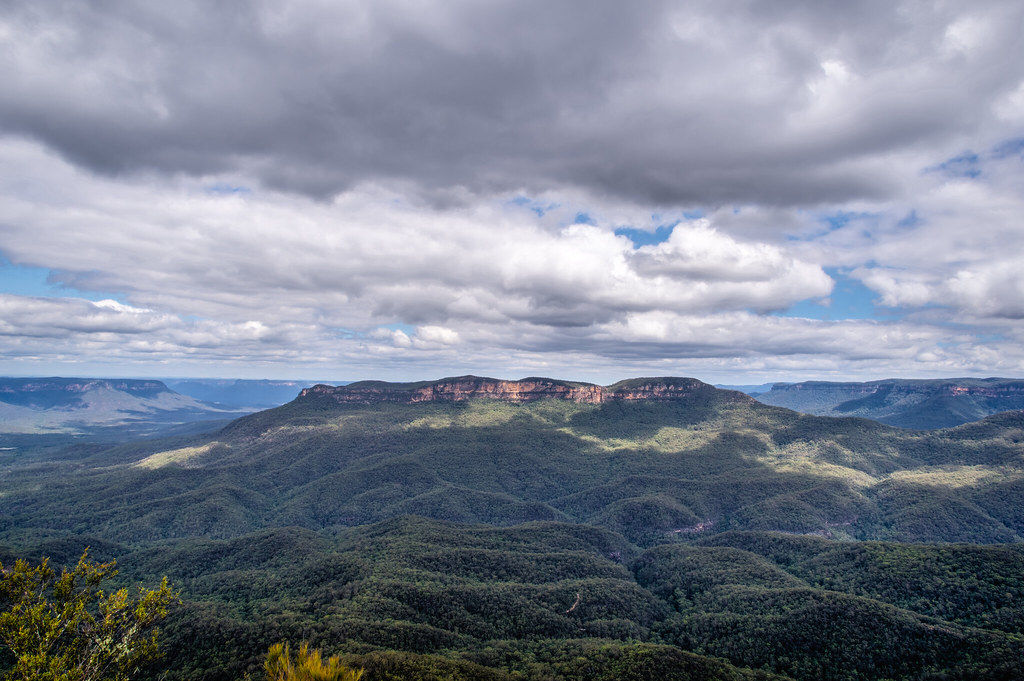
Similar kinda thing, tho more clouds today, but it's not uncommon to get a reverse of this kinda scenario with more blue sky and only 1/4 of the clouds in the sky. As someone from the UK I am used to overcast all the time, it's either blue sky with no clouds or just complete overcast. Australia likes to have its blue sky and a scattering of individual puffy white clouds.
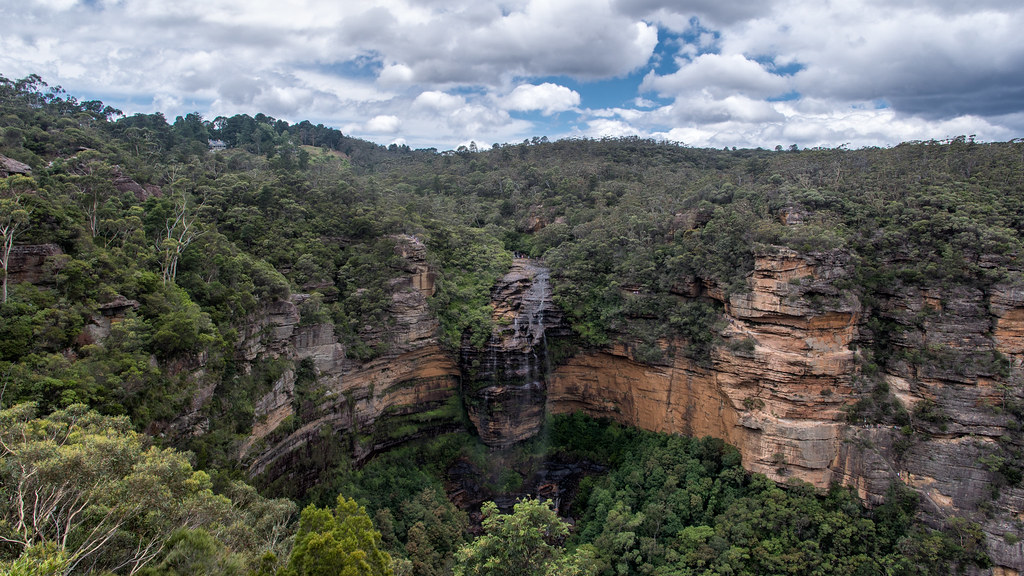
This single shot handheld and using ETTR principles to not blow the cloud highlights. Lots of post work to bring up the shadows.

Another good example of strong blue sky and strong white puffy clouds. A single frame again using ETTR principles. Using a GND here tho wouldn't work as the sky and cliff faces don't give me a straight line to work with at all.

This time I screwed up slightly and blew the highlights out. This shot is going back further, I like to think I got better at protecting the highlights in my later shots (seen above).
So I also do waterfalls, I'll link you a few here while i'm at it;
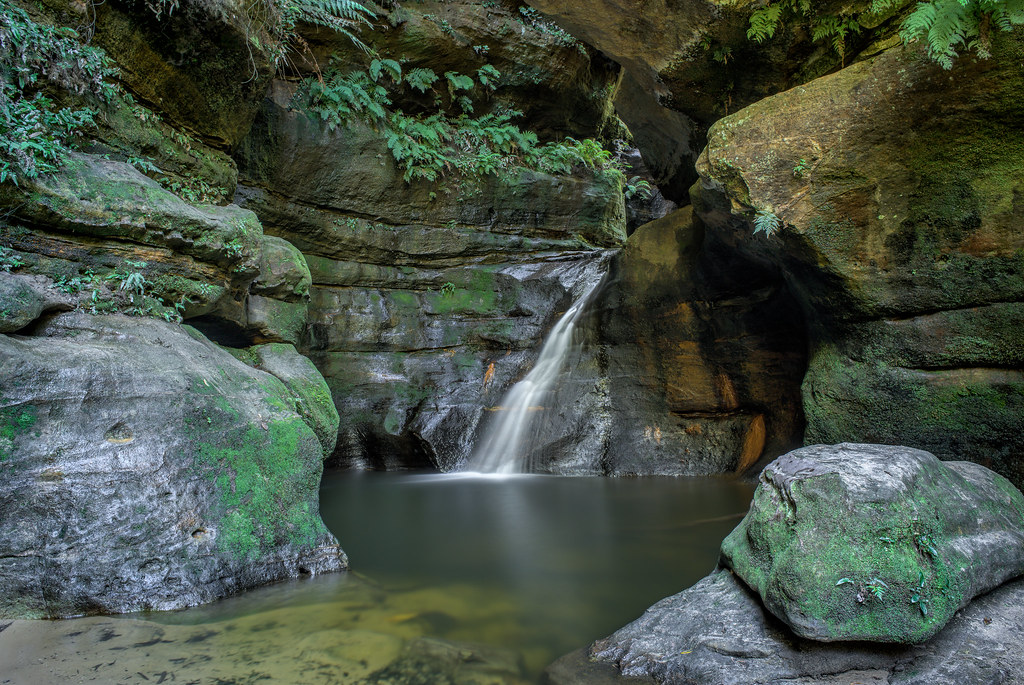

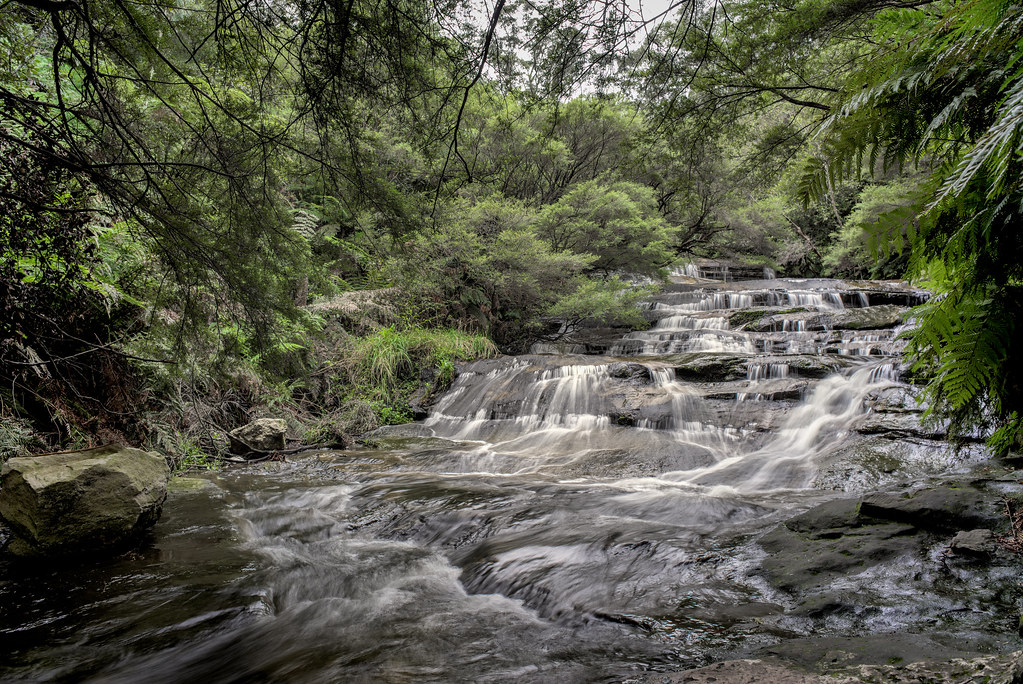
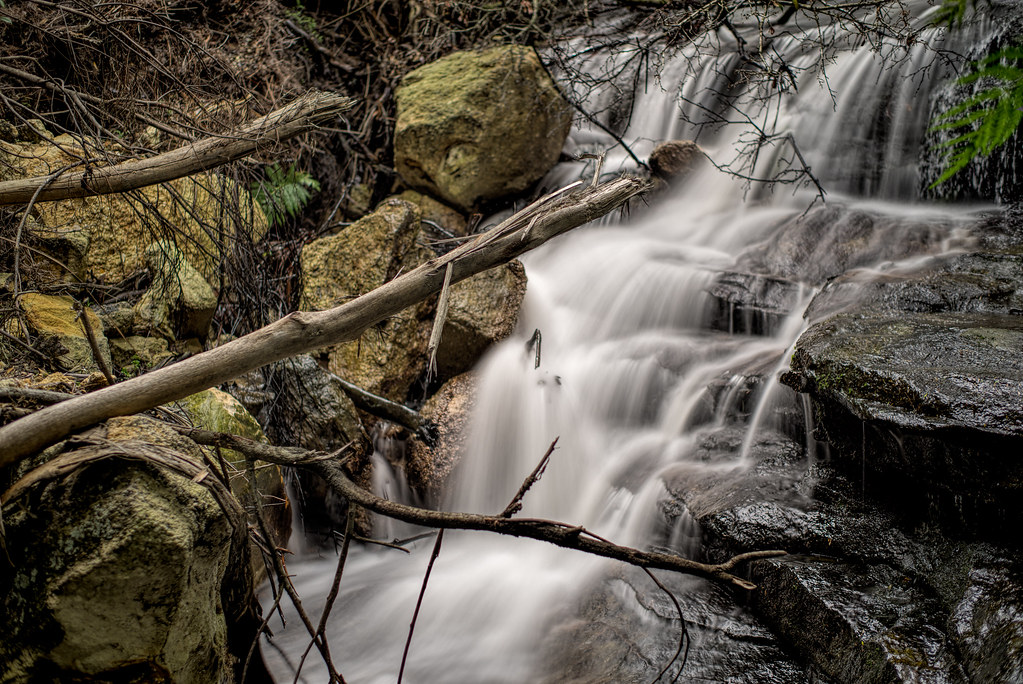
Most my waterfalls are stacks, a ps image for the rocks and foliage, a non ps slo mo shot for the water, and then blend the two together in post.
I'm looking forward to trying a polariser for the reflection aspect, I'm just hesitant as to how I will fair with a polariser for the DA15mm or 24mm (same FoV) for landscape work, which is why I thought perhaps a GND filter might be better for the kinda terrain I'm trying to capture.
I'm not linking these images for constructive criticism or anything, I'm trying to give you all an idea of the terrain, hour (midday) and weather patterns that I often deal with. I don't think I can much afford a polariser AND a GND at this time, I'd have to choose one over the other. And if the general consensus is that a GND might work better I'm not sure what strength to go for, I was hoping these images might help assist in that regard.
Thanks for looking and chiming in with your opinions, I value all feedback!


 Similar Threads
Similar Threads 






















 Post #9 by twilhelm
Post #9 by twilhelm








